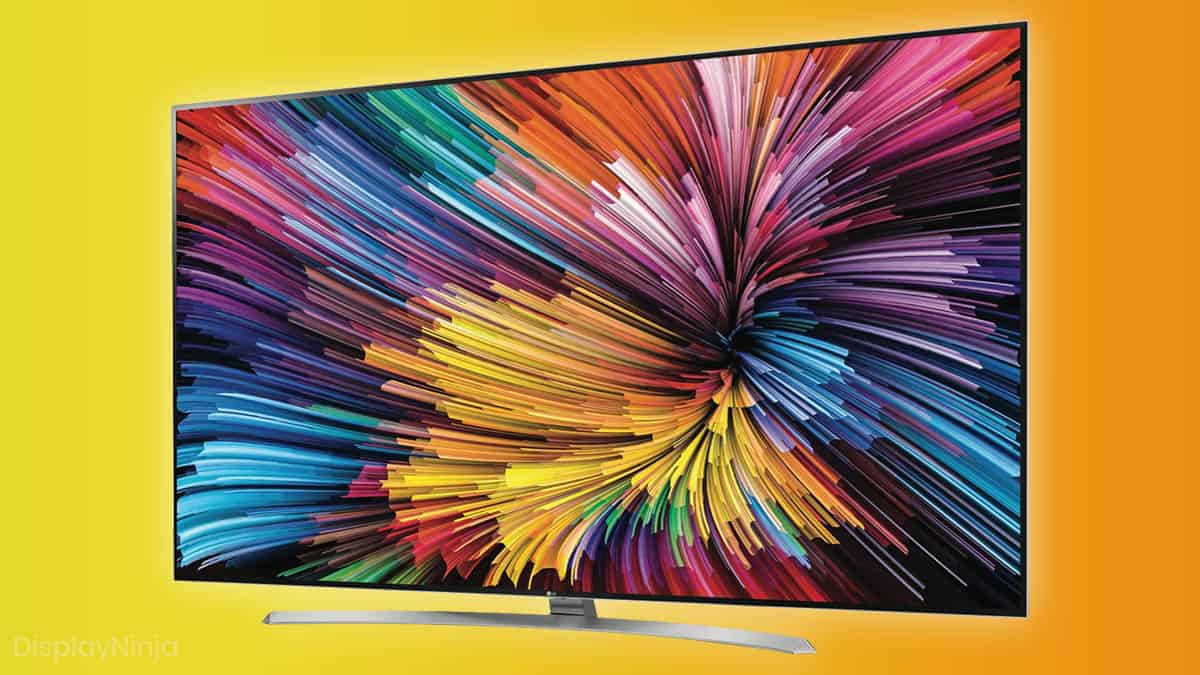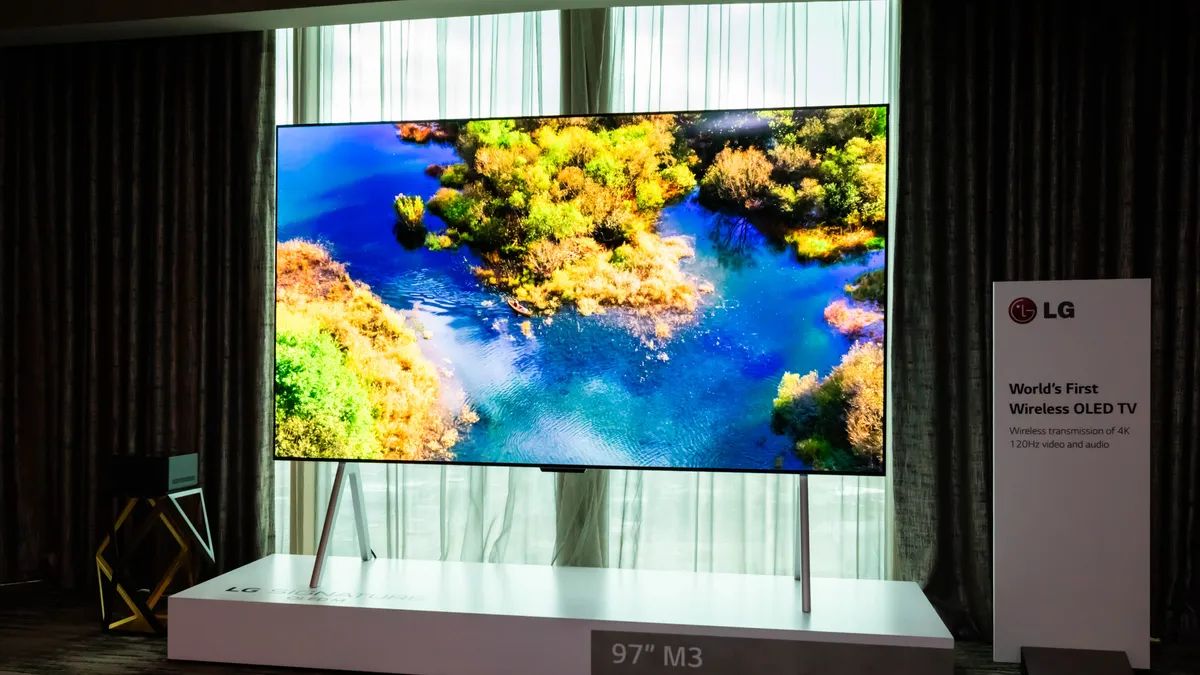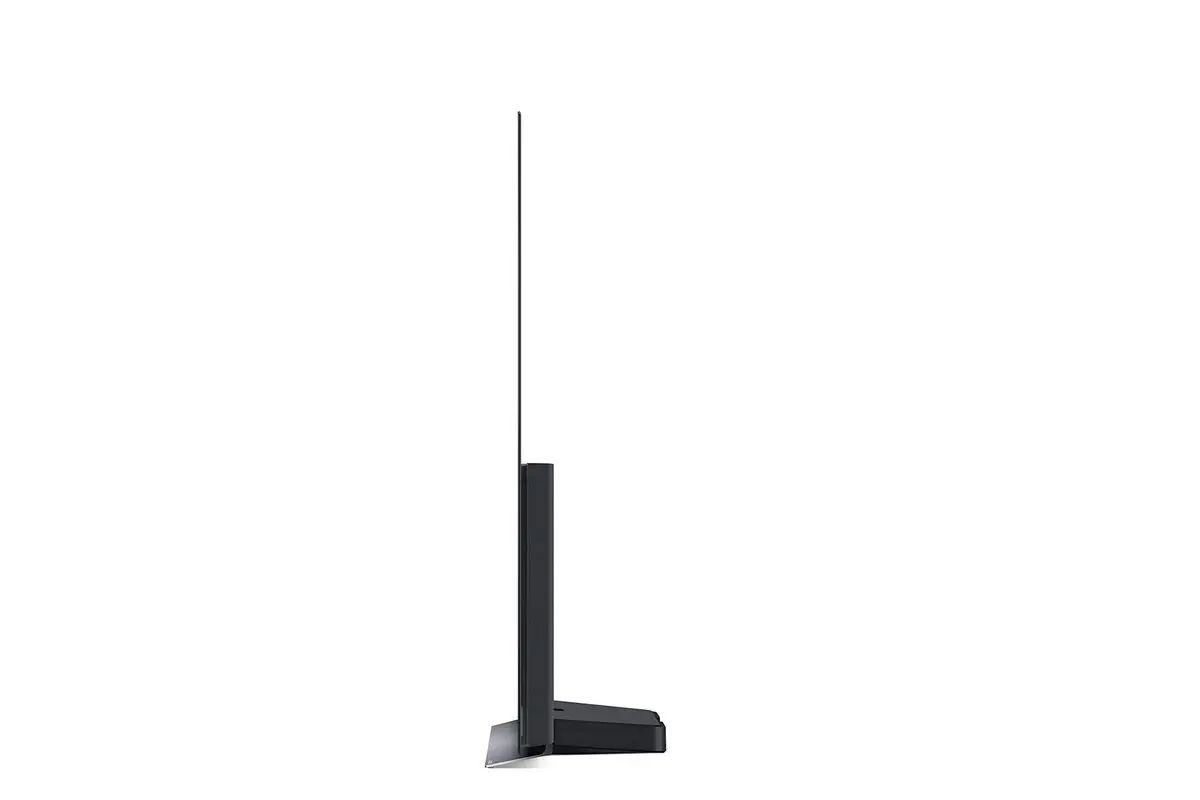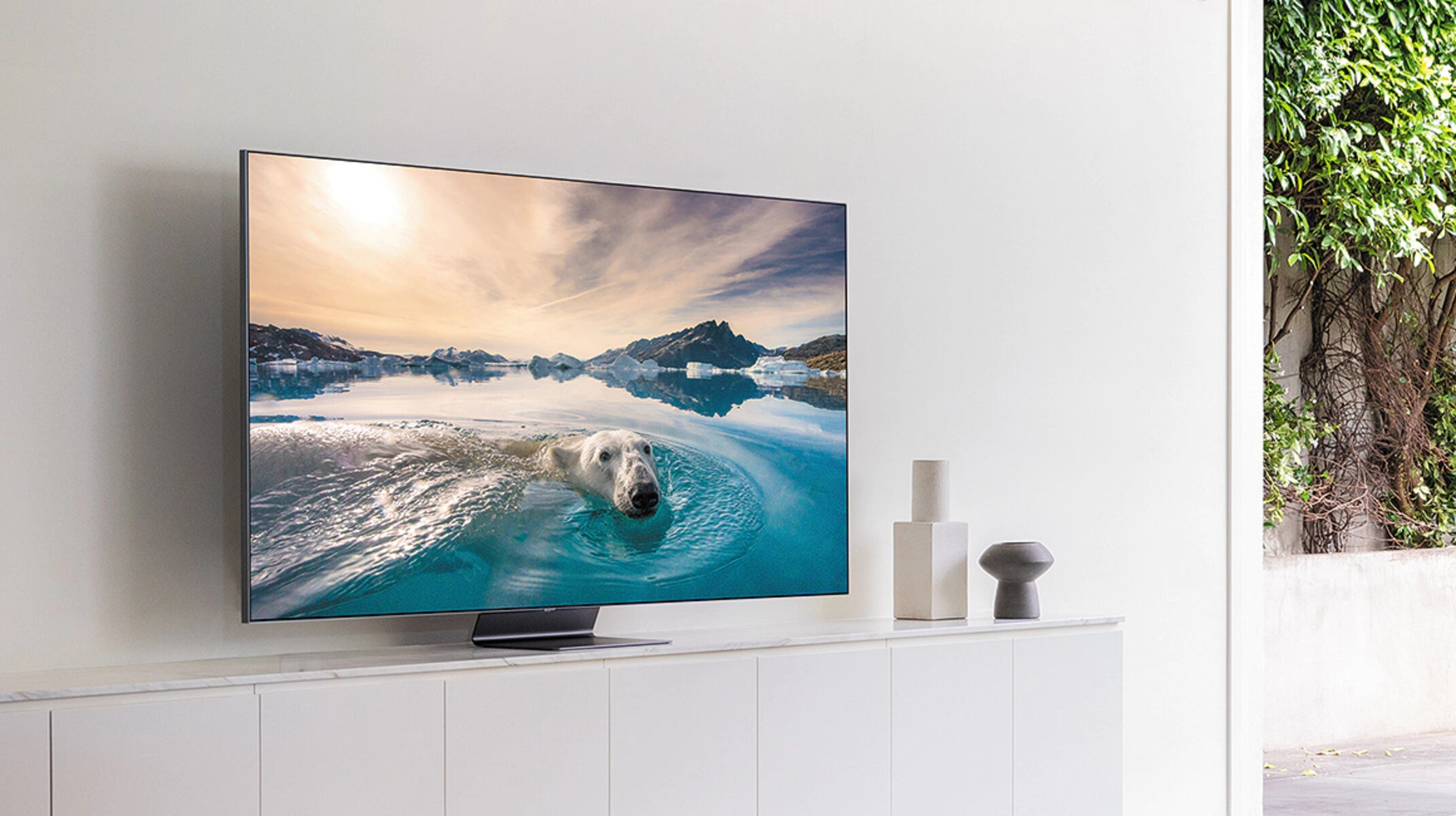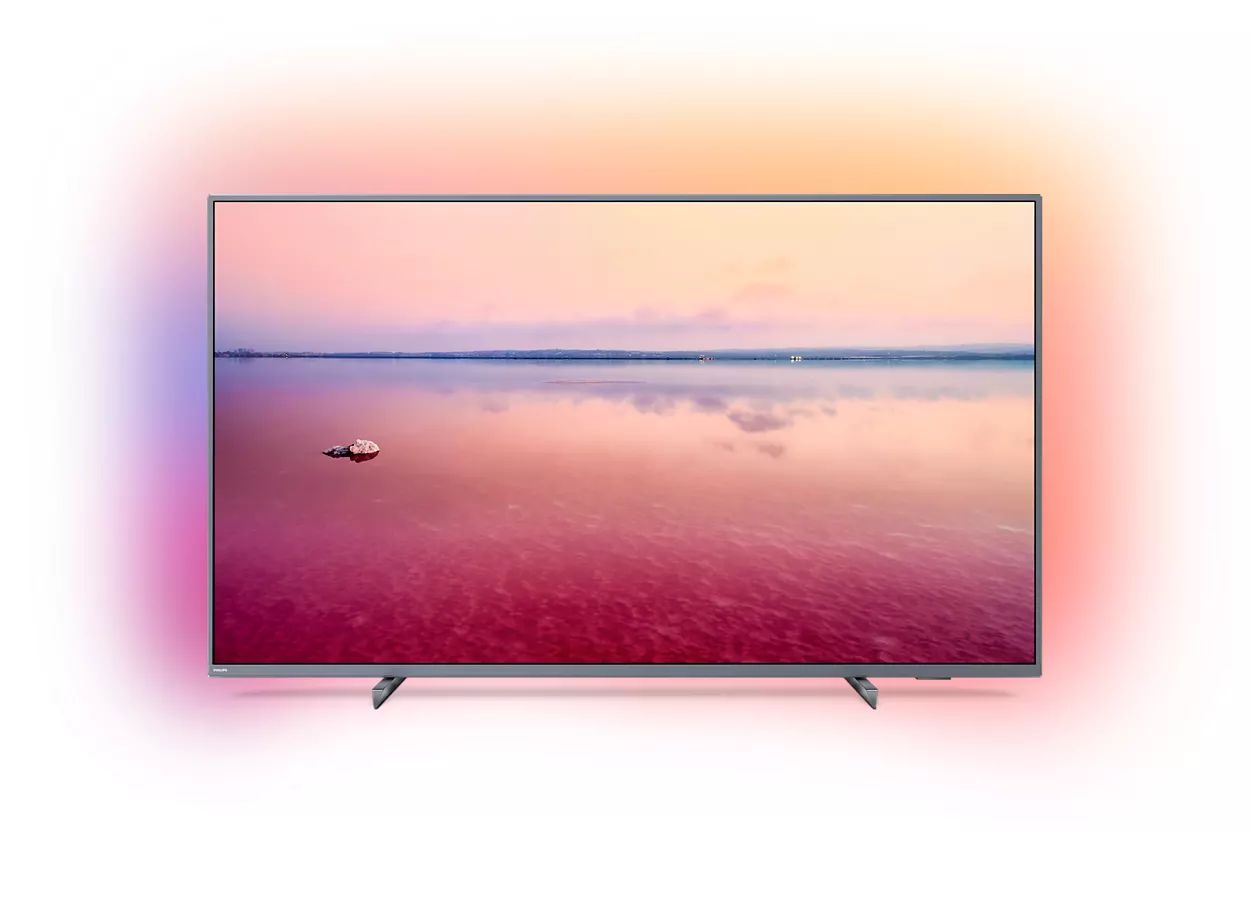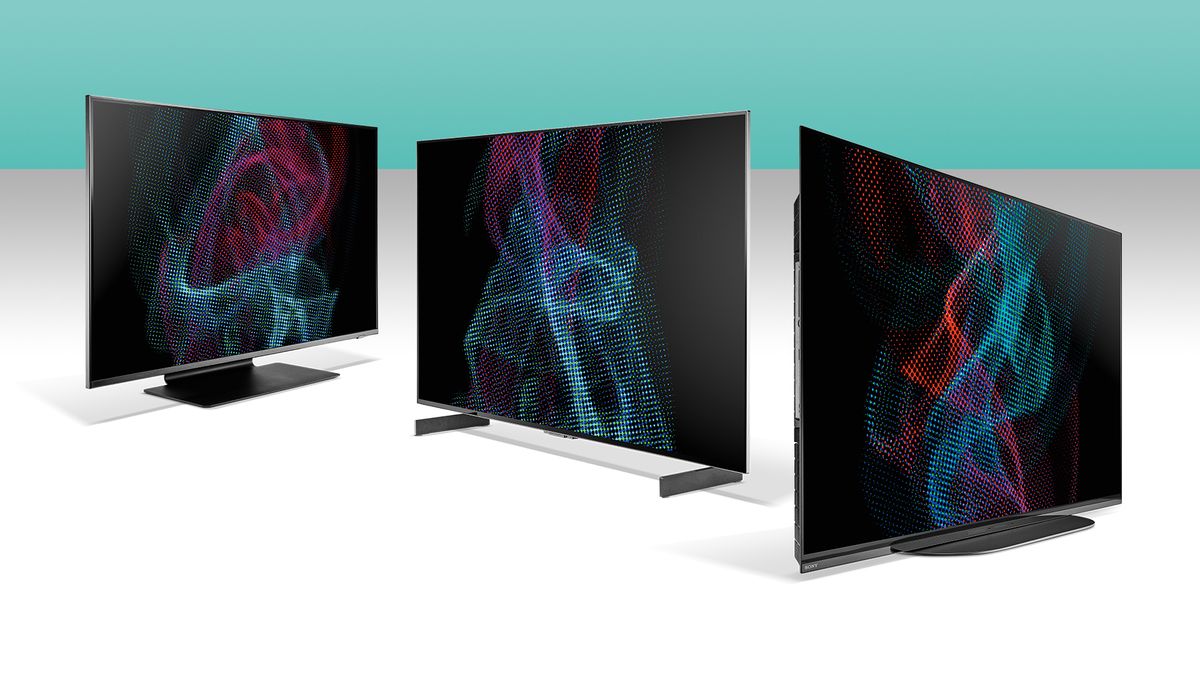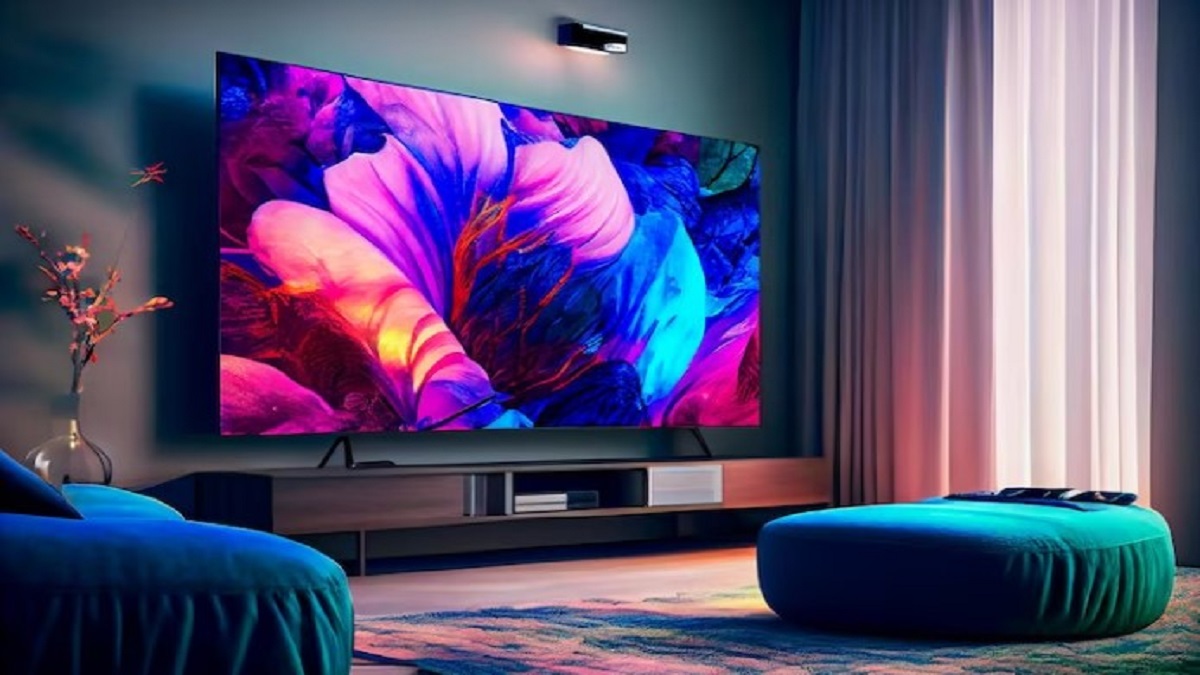Introduction
Welcome to the world of television technology, where innovation and advancements continue to revolutionize our viewing experience. When it comes to choosing a new TV, it’s essential to understand the different display technologies available to make an informed decision. Two popular options that often come up in discussions are plasma screens and OLED TVs. In this article, we will delve into the features and capabilities of these technologies, exploring how they compare to help you determine which one is best suited for your needs.
A plasma screen is a type of display technology that uses a series of small cells filled with a combination of noble gases to produce light. These cells are organized into a grid, and each cell contains red, green, and blue phosphors, which emit light when energized by an electric current. Plasma screens were once the go-to choice for high-quality displays, known for their deep blacks and excellent color reproduction.
On the other hand, OLED (Organic Light-Emitting Diode) TV is a more recent technology that has gained popularity in recent years. OLED TVs consist of millions of tiny organic compounds that emit light when an electric current is applied. Unlike plasma screens and traditional LCD TVs, OLED displays do not require a separate backlight to illuminate the screen, resulting in exceptional contrast and vibrant colors.
Now that we have a basic understanding of the technologies, let’s dive deeper into the specific features and qualities that differentiate plasma screens from OLED TVs. By comparing factors such as image quality, contrast ratio, color accuracy, viewing angles, power consumption, and lifespan, we can determine which technology offers the best overall performance and value.
Definition of Plasma Screen
In order to appreciate the strengths and capabilities of plasma screens, it’s important to understand their fundamental design and operation. A plasma screen is a display technology that utilizes small cells containing a mixture of noble gases, such as neon and xenon. These cells are arranged in a grid pattern and individually controlled to produce images on the screen.
Each cell in a plasma screen consists of three sub-pixels: red, green, and blue. These sub-pixels are coated with phosphors that emit light when ionized by an electric current. By varying the intensity of the electric current applied to each sub-pixel, the plasma screen can produce a wide range of colors and shades.
One of the key advantages of plasma screens is their ability to achieve deep blacks and excellent contrast ratios. This is due to the fact that each pixel in a plasma screen can be turned off individually, resulting in true blacks and a high degree of contrast. Furthermore, the phosphors used in plasma screens have a fast response time, allowing for smooth motion and reducing motion blur in fast-paced scenes.
However, plasma screens also have some limitations. They are more susceptible to burn-in, a phenomenon where static images displayed for extended periods can leave a faint ghost image. To mitigate this issue, many plasma screens feature measures such as pixel shifting and screen savers.
Additionally, plasma screens tend to be more power-hungry compared to other display technologies, as they require an electric current to ionize the gases within each cell. This higher power consumption can result in increased electricity costs over time.
In summary, plasma screens are a display technology that utilizes plasma cells filled with noble gases to produce images. They are known for their deep blacks, excellent contrast ratios, and smooth motion. However, they can be susceptible to burn-in and tend to consume more power compared to other options on the market. Understanding these characteristics will help you determine if a plasma screen is the right choice for your viewing preferences and needs.
Definition of OLED TV
OLED (Organic Light-Emitting Diode) TV is a display technology that has gained significant popularity in recent years due to its impressive picture quality and unique design. Unlike traditional LCD TVs and plasma screens, OLED TVs do not rely on a backlight to illuminate the screen. Instead, each pixel in an OLED display emits its own light when an electric current is applied. This enables OLED TVs to achieve exceptional contrast ratios, vibrant colors, and incredibly thin form factors.
The key component in an OLED TV is the organic compound layer, which is responsible for emitting light. This layer is made up of microscopic organic compounds that emit photons when electrically stimulated. By controlling the flow of electric current through each pixel, the OLED TV can produce a wide array of colors and shades with precise accuracy.
One of the standout features of OLED TVs is their ability to achieve true blacks. Since each pixel can be individually turned off, OLED displays can completely shut down portions of the screen that need to display a black color, resulting in an infinite contrast ratio. This capability leads to richer and more lifelike images with enhanced depth and detail.
Another advantage of OLED technology is its wide viewing angles. Unlike LCD displays, which can experience color shifting and decreased image quality when viewed from an angle, OLED panels maintain consistent color accuracy and brightness regardless of the viewing position. This makes OLED TVs ideal for large living rooms or spaces where viewers are seated at various angles.
Furthermore, OLED TVs offer excellent response times, ensuring smooth motion and reducing motion blur. This is especially beneficial for watching sports, playing video games, or enjoying action-packed movies without any distracting visual artifacts.
It’s worth noting that OLED TVs, while known for their impressive picture quality, are generally more expensive compared to other display technologies. Additionally, as with any electronic device, OLED panels have a limited lifespan over extensive usage. However, manufacturers have made significant advancements in extending the longevity of OLED TVs through various measures, such as incorporating pixel refresher technology.
In summary, OLED TV is a display technology that utilizes the unique properties of organic compounds to emit light and produce stunning visuals. With features like true blacks, wide viewing angles, and fast response times, OLED TVs deliver an outstanding viewing experience. While they may come with a higher price tag and have a limited lifespan, OLED TVs remain an exceptional choice for those seeking unparalleled picture quality and design in their television.
Comparison of Image Quality
When it comes to image quality, both plasma screens and OLED TVs have their unique strengths and characteristics that contribute to a visually appealing viewing experience.
Plasma screens are renowned for their ability to produce deep blacks and rich colors. The individual cells in a plasma screen can be turned off completely, resulting in true blacks. This creates a high contrast ratio and enhances the overall image quality, especially in dark scenes. Plasma screens also excel in displaying vibrant and accurate colors, thanks to the phosphors used in their design. This leads to a more immersive and lifelike visual experience.
On the other hand, OLED TVs take image quality to the next level with their exceptional contrast ratios and color reproduction. Since each pixel in an OLED display emits its own light, the black levels are truly black, enabling a virtually infinite contrast ratio. This capability results in more pronounced details and a greater sense of depth in both dark and bright scenes. OLED TVs also offer incredibly accurate and vibrant colors, thanks to their ability to individually control each pixel and organic compound layer’s precise color emissions.
Additionally, OLED TVs have a wider color gamut compared to plasma screens. This means they can reproduce a broader range of colors, leading to more realistic and vibrant visuals. The combination of deep blacks, high contrast ratios, and wide color gamut make OLED TVs the preferred choice for cinephiles and those seeking a premium cinematic experience.
While plasma screens excel in producing rich colors and deep blacks, they may struggle in brightly lit environments due to their reflective screen surfaces. In contrast, OLED displays have superior screen surface properties, minimizing reflections and providing better visibility in well-lit rooms.
In summary, when it comes to image quality, both plasma screens and OLED TVs offer impressive visual capabilities. Plasma screens are known for their deep blacks and rich colors, while OLED TVs take it a step further with their infinite contrast ratios, wide color gamut, and exceptional color accuracy. The choice between the two will depend on personal preferences, room lighting conditions, and the desired viewing experience.
Comparison of Contrast Ratio
When it comes to showcasing the subtle nuances of light and dark in on-screen content, the contrast ratio of a TV plays a crucial role. Let’s compare the contrast ratios of plasma screens and OLED TVs to understand their respective capabilities.
Plasma screens have long been praised for their ability to deliver deep blacks and impressive contrast ratios. Since each pixel is capable of being independently turned off, plasma screens can achieve true black levels by completely blocking the light. This results in a high native contrast ratio, allowing for well-defined shadows and details in darker scenes. The ability to produce deep blacks enhances the overall image quality and creates a more immersive viewing experience.
On the other hand, OLED TVs take contrast ratios to a whole new level. With self-emissive pixels, each pixel in an OLED display has the ability to turn on and off individually to deliver true blacks. By completely shutting off pixels in dark areas, OLED TVs can achieve an infinite contrast ratio. This means that the difference between the brightest whites and the darkest blacks is virtually limitless. The deep blacks and infinite contrast ratios of OLED TVs produce images with incredible depth and realism, making them ideal for watching movies with dark, atmospheric scenes.
It’s worth mentioning that contrast ratios can vary between different models and manufacturers, so it’s important to compare specific models within each technology to get an accurate understanding of their contrast performance.
In summary, while both plasma screens and OLED TVs offer impressive contrast ratios, OLED technology surpasses plasma screens in terms of achieving true blacks and infinite contrast ratios. The ability of OLED displays to turn off individual pixels results in exceptional contrast and stunning image quality with enhanced details in both dark and bright scenes.
Comparison of Color Accuracy
Color accuracy is a critical factor to consider when evaluating the quality of a TV’s display. Let’s explore how plasma screens and OLED TVs compare in terms of color accuracy.
Plasma screens are known for their ability to produce vibrant and accurate colors. Each pixel in a plasma screen contains red, green, and blue phosphors that emit light when electrically stimulated. This allows plasma screens to reproduce colors with a high degree of accuracy, resulting in images that closely resemble the original content. Whether you’re watching a movie, playing a video game, or viewing photos, plasma screens consistently deliver rich and lifelike colors.
However, OLED TVs take color accuracy to another level. With their self-emissive pixels, OLED displays offer precise control over each pixel’s color emissions. This means that each pixel can produce the exact color intended, resulting in exceptional color accuracy and fidelity. OLED’s wide color gamut ensures that a broad range of colors can be reproduced, leading to more realistic and vibrant visuals. Whether it’s the subtle variations of skin tones or the vividness of landscapes, OLED TVs excel at delivering accurate and true-to-life colors.
Beyond accurate color reproduction, OLED displays also handle color gradient transitions smoothly. This means that gradients appear seamless and free from visible banding, further enhancing the overall visual experience.
It’s worth noting that color accuracy can be affected by various factors, such as the source content, display settings, and calibration. Additionally, different models within each technology may vary in their color accuracy performance. It’s recommended to compare specific models or consult expert reviews to determine the color accuracy of a particular plasma screen or OLED TV.
In summary, while plasma screens exhibit excellent color accuracy and vibrant color reproduction, OLED TVs outshine them thanks to their self-emissive pixels and precise color control. OLED displays offer exceptional color accuracy, ensuring that the colors you see on the screen closely match the original content, resulting in a truly immersive and visually appealing viewing experience.
Comparison of Viewing Angles
Viewing angle is an important consideration when it comes to choosing a TV, especially if you often have multiple viewers or if your seating arrangements result in off-center viewing. Let’s compare how plasma screens and OLED TVs perform in terms of viewing angles.
Plasma screens have traditionally been known for their excellent viewing angles. This means that the picture quality remains consistent and colors appear accurate even when viewed from different angles. Unlike LCD displays, which can experience color shifting and decreased image quality when viewed from off-center positions, plasma screens maintain their color accuracy and brightness over a wide range of viewing angles. This makes them suitable for larger living rooms or spaces where viewers are seated at various positions relative to the TV.
OLED TVs, with their self-emissive pixel technology, offer similarly impressive viewing angles. The organic compounds in each pixel emit light directly, resulting in a wider and more uniform dispersion of light compared to LCD panels. As a result, OLED TVs maintain consistent picture quality and color accuracy from different angles. This ensures that everyone in the room can enjoy the same immersive viewing experience, regardless of where they are seated.
It’s worth noting that while both plasma screens and OLED TVs offer excellent viewing angles, OLED displays have the advantage of maintaining consistent picture quality even at extreme angles. This makes OLED TVs an ideal choice for setups where viewers are seated at wider angles or if you have limited control over the seating arrangement.
However, it’s important to keep in mind that certain factors, such as ambient lighting and glare, can still affect the viewing experience regardless of the technology used. Optimal viewing conditions, including controlling ambient light and avoiding direct sunlight or reflections, can further enhance the viewing angles for both plasma screens and OLED TVs.
In summary, both plasma screens and OLED TVs offer impressive viewing angles, ensuring consistent picture quality and color accuracy when viewed from different positions. While plasma screens have a long-standing reputation for excellent viewing angles, OLED displays have the added advantage of maintaining consistent picture quality even at wider angles. Consider your seating arrangement and room setup to determine which technology best suits your viewing needs.
Comparison of Power Consumption
Power consumption is an important factor to consider when choosing a TV, both in terms of environmental impact and ongoing energy costs. Let’s compare the power consumption of plasma screens and OLED TVs to understand their efficiency.
Plasma screens have traditionally been known to consume more power compared to other display technologies. This is because each cell in a plasma screen requires an electric current to ionize the gases and produce light. The power consumption of a plasma screen is influenced by factors such as screen brightness, screen size, and the content being displayed. While newer models have implemented energy-saving features, plasma screens typically consume more electricity, resulting in higher energy costs over time.
OLED TVs, on the other hand, are more energy-efficient. Each pixel in an OLED display emits its own light when an electric current is applied, eliminating the need for a separate backlight. This results in lower power consumption compared to plasma screens and even some traditional LCD TVs with LED backlights. OLED displays are designed to be power-efficient, with the pixels consuming power only when necessary, leading to energy savings.
It’s worth mentioning that power consumption can vary between different models and manufacturers within each technology. The efficiency of a plasma screen or OLED TV may also depend on the specific display settings and usage patterns. Manufacturers continue to make advancements in power-saving technologies, leading to more energy-efficient displays across the board.
When comparing power consumption, it’s important to consider the overall energy efficiency of your entertainment setup. Factors such as accompanying devices, sound systems, and gaming consoles can also contribute to the overall power consumption. Using various energy-saving features, such as power-saving modes, timers, and customized settings, can further optimize the power consumption of your TV regardless of the technology.
In summary, OLED TVs offer a more energy-efficient option compared to plasma screens. Owners of OLED TVs can benefit from lower ongoing energy costs and a reduced environmental impact. While plasma screens have historically consumed more power, advancements in energy-saving features have mitigated some of the power consumption differences between newer models. Consider your energy efficiency priorities and usage patterns when choosing between a plasma screen and an OLED TV.
Comparison of Lifespan
The lifespan of a TV is an important consideration, as it determines how long the device will continue to perform optimally. Let’s compare the lifespan of plasma screens and OLED TVs to understand their durability and longevity.
Plasma screens generally have a lifespan of around 100,000 hours of usage. This is equivalent to approximately 11 years if the TV is used for 8 hours a day. Over time, the phosphors that produce the colors in a plasma screen may degrade, resulting in a degradation of picture quality. However, with proper care and usage, plasma screens can provide several years of reliable service.
OLED TVs, on the other hand, have a similar lifespan in terms of the number of hours of usage. However, there have been concerns about the potential for organic compounds used in OLED displays to degrade over time. To mitigate this issue, manufacturers have implemented various technologies like pixel refresher algorithms, which run periodically to recalibrate and optimize the display. Additionally, advancements in OLED technology and improved manufacturing processes have led to prolonging the lifespan of OLED panels.
It’s important to note that actual lifespan can vary depending on several factors, such as usage patterns, content displayed, and ambient conditions. For example, displaying static images for extended periods can result in image retention or burn-in on both plasma screens and OLED TVs. However, newer models of OLED TVs have implemented measures to reduce the risk of burn-in, such as pixel shifting and screen savers.
While both plasma screens and OLED TVs have a finite lifespan, it’s crucial to consider the advances in display technology and the likelihood of upgrading to newer models before the end of their respective lifespans. It’s worth noting that the market trend is shifting towards newer display technologies like OLED, which may result in fewer options and support for plasma screens in the future.
In summary, both plasma screens and OLED TVs have a reasonable lifespan, with the potential for several years of usage. With proper care and attention to prevent burn-in, both technologies can provide reliable performance. However, as technology continues to evolve, it’s important to consider the long-term support and availability of newer models within each display technology.
Conclusion
Choosing the right TV technology can significantly impact your viewing experience, and both plasma screens and OLED TVs have their unique strengths and qualities. Understanding the differences between these technologies can help you make an informed decision based on your preferences, needs, and budget.
Plasma screens have long been celebrated for their deep blacks, excellent color reproduction, and smooth motion. They offer impressive contrast ratios and wide viewing angles, making them a great choice for those who prioritize vibrant colors and immersive viewing, especially in dimly lit environments. However, it’s important to note that plasma screens tend to consume more power and may be more susceptible to burn-in.
OLED TVs have taken display technology to new heights with their self-emissive pixels, delivering exceptional image quality, true blacks, infinite contrast ratios, and vibrant colors. They offer wider viewing angles and are more energy-efficient compared to plasma screens. OLED displays excel in creating an immersive visual experience, particularly in dark scenes, making them a popular choice among cinephiles and those seeking the pinnacle of picture quality.
Ultimately, the decision between a plasma screen and an OLED TV will depend on your personal preferences and viewing requirements. Factors such as room lighting, viewing angles, power consumption considerations, and budget constraints should all be taken into account.
It’s worth noting that display technology continues to advance, and newer options like microLED and mini-LED are emerging in the market. These technologies aim to offer improved picture quality, energy efficiency, and longevity. As technology evolves, it’s essential to stay informed about the latest advancements to make the best decision for your TV investment.
Whether you choose a plasma screen or an OLED TV, both technologies can provide a stunning visual experience. Enjoy your favorite movies, TV shows, and gaming sessions with a display that suits your preferences and brings your content to life.







